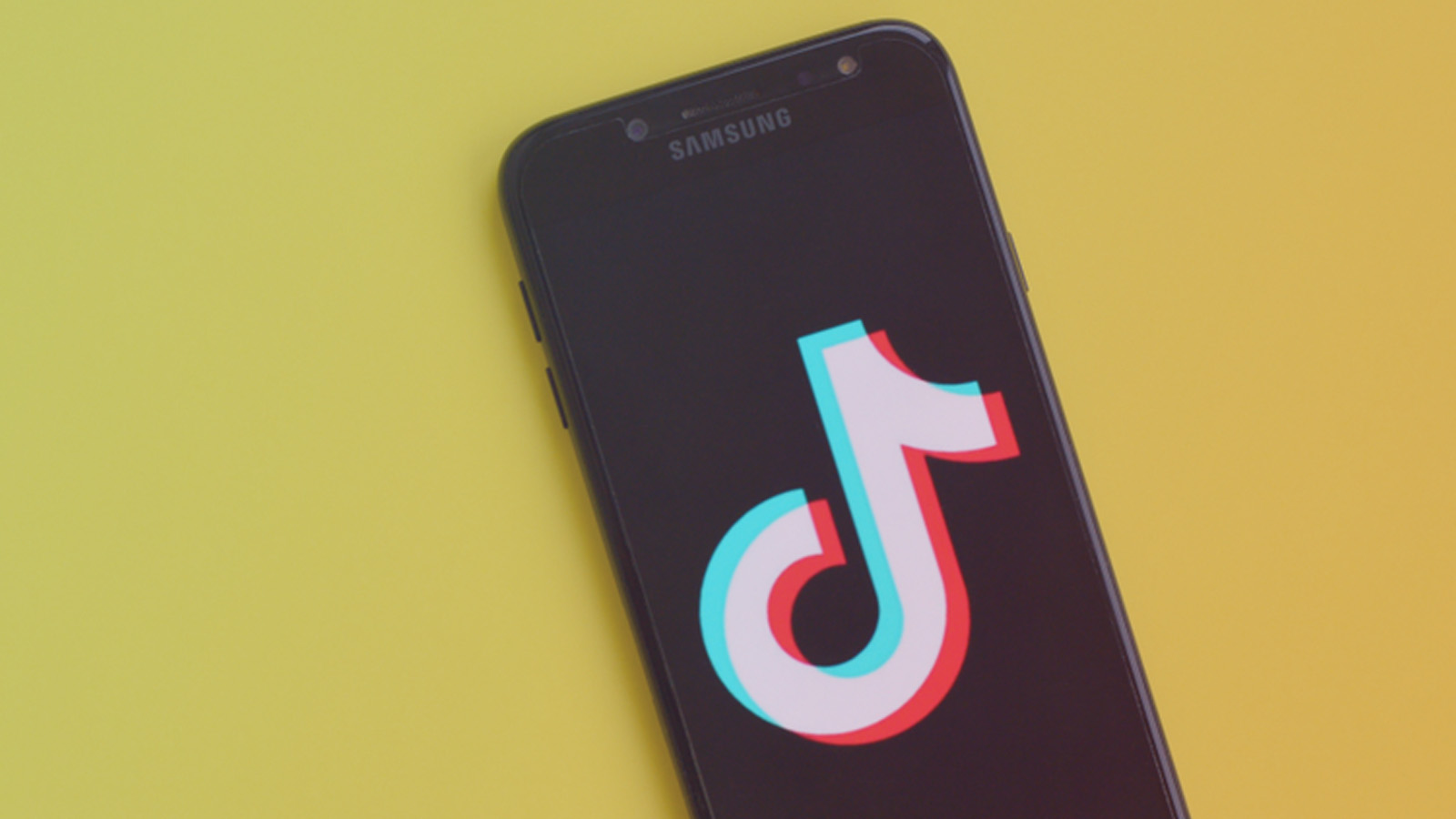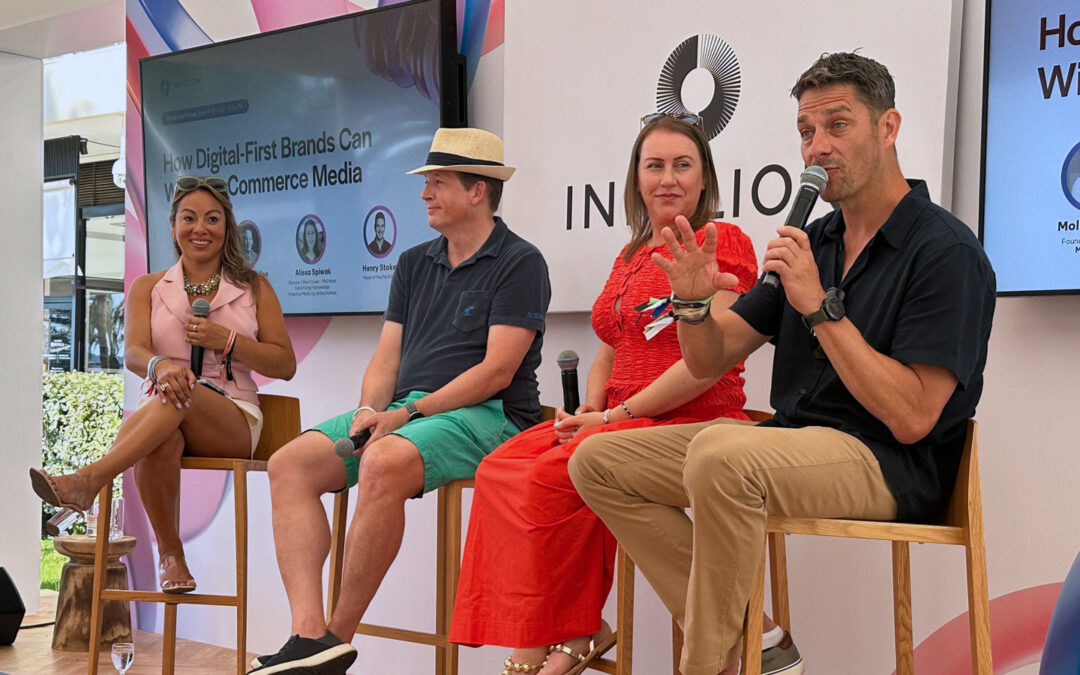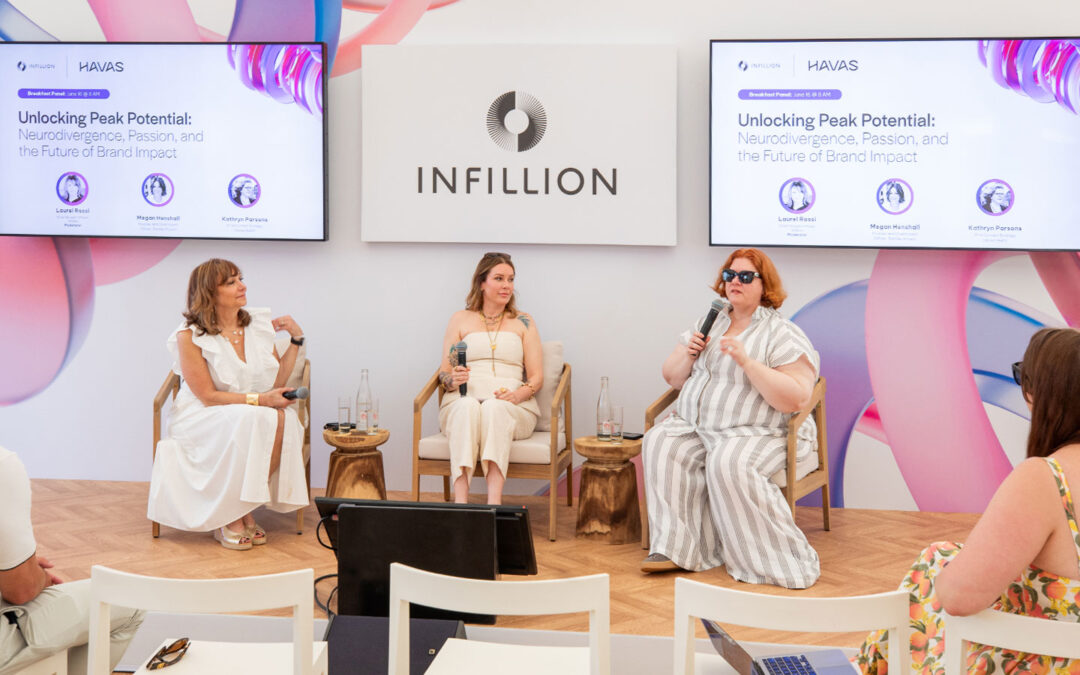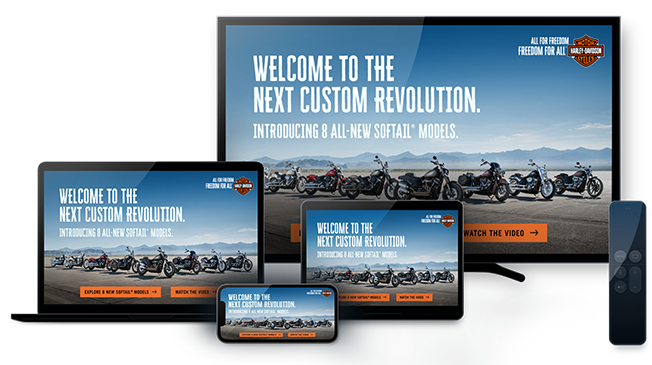What Makes TikTok Tick? With Its Future in Question, 5 Takeaways for Marketers

The U.S. government seems determined to eventually ban TikTok. Will that happen? Or will it continue to thrive and delight 150 million Americans and the advertisers using it to reach them? It’s hard to imagine a ban while users are still scrolling and brands continue shelling out to engage them: Ad spending on the social media platform increased a reported 11% in March.
Even if TikTok is banned or eventually loses some of its die-hard fans to competitors—Instagram and Facebook Reels (140 billion views per day) and YouTube Shorts (50 billion views) are doing their best to entice them—its influence and lessons will live on in the audience habits, content formats, and influencer tactics it has inspired.
So as long as it’s still around and going strong, here are five lessons marketers and agencies can learn from TikTok’s tricks and apply beyond its platform:
Sticky content keeps users glued to the screen.
Anyone who lives with TikTok users knows it’s almost impossible to get between them and the platform’s quick-cut videos. As maddening as this can be for anyone who’s around heavy users, there are lessons for content and ad pros in the attention-absorbing fast takes, endless stream of content and algorithmically driven recommendations. How many times have you seen someone watch a single TikTok video about, say, adorable Golden Retriever puppies and look away from their phone when they know there will be even more compelling canine mini-stories right behind that one? Good content delivered to the right person at the right time creates true “lean in” moments.
Creators should be central to marketing efforts.
Word-of-mouth marketing has been around forever and is surely here to stay—except now it’s on steroids. For a long time In digital video, influencer marketing was focused first on those YouTubers and vloggers (remember them?) who talked straight to the camera about, for example, their favorite makeup brands or video games. Today the barriers to creating impressive videos are gone. Creators like Mr. Beast, who recently flew a youngster to Paris in search of baguettes and, to promote Netflix’s “Murder Mystery 2,” gave away a Lamborghini, attract marketers and TV-size audiences. And you can bet fans of TikTok longtimer Charli D’Amelio were as interested in her recent Amazon storefront tour (which included items from Polaroid and Hydro Flask) as in her dance videos. While some creator content is truly cringe-worthy, the creator economy is a force for marketers and for the consumers who buy into their pitches. Just like when digital jumped the shark to become a mainstay in every campaign, influencer marketing has sealed its place in ad budgets.
Big brands can play this game.
You know a media platform has hit the big time when a traditional marketer chooses it over buying ad time on the Super Bowl, as State Farm did this year in tapping TikTok star, Khaby Lane, for a Gen Z-focused pregame campaign. As the company’s VP of Marketing Alyson Griffin said, they were aiming for “more engagement than just eyeballs.” Better still, influencers can be tapped as creators, a move Mondelēz made when it had designer Vandy the Pink create an exclusive hoodie as part of a party kit aimed to encourage Gen Z snackers to celebrate the 60th anniversary of Chips Ahoy!
Authenticity rules.
While Instagram users were initially thrilled with filters and features that helped them create slick content that looked professional, many users on TikTok like content that’s far from polished. Consider Miriam Ezagui, an Orthodox Jewish mom of four and nurse who posts technically simple “day in the life” videos from her home. Or consider the curious allure of TikTokers who offer tips on how to clean bathrooms and organize closets by taking us inside their own. It’s hard to get more personal than that.
Video is here to stay.
Though we’ve been talking about the ubiquity of web video for over a decade, in truth the web remained stubbornly text-centric until recently. Today, video isn’t just embedded in web pages, it’s replacing them as the quality, ease of use, and effectiveness of short-form communication continues to rise. Even news outlets that still publish in print are getting the message that short videos are here to stay. For brands, that means that TikTok-like creative will someday be a primary ad asset in a campaign rather than just one of many digital extensions.
While some of us in the ad business haven’t yet succumbed to TikTok’s charms and become habitual users, we can’t deny it has been a game changer for content consumers, creators, and our own industry. Since it’s going to inform the way brands engage audiences for years to come, it’s worth learning a few lessons from what makes TikTok tick.
Subscribe to our blog:
Related Posts:

The Consumer-First Approach To Commerce Media Network Success
Your airline is an ad platform now – and so is your bank. Commerce media networks are one of the most interesting areas of growth in advertising, and at Cannes Lions, plenty of them were onsite to talk about it. That’s a conversation that we explored at the Infillion...

Why Neurodiversity Will Lead The Way In The AI Era
One in five employees today identifies as neurodivergent – as having autism, ADHD, dyslexia, or other cognitive variations – and that’s only going to grow. According to research from ZenBusiness, fully half of Gen-Z identifies with neurodivergence on some level....

How Digital Out-Of-Home Is Turning Up The Volume At Music Festivals
If you have attended a music festival sometime in the past 20 years, you’ve probably wasted at least 5 minutes holding your phone above your head, trying to get even the slightest bit of signal with little success. The sheer number of electronic devices in the area...
Let's Connect
We can help you create the personalized ad experiences viewers expect.

